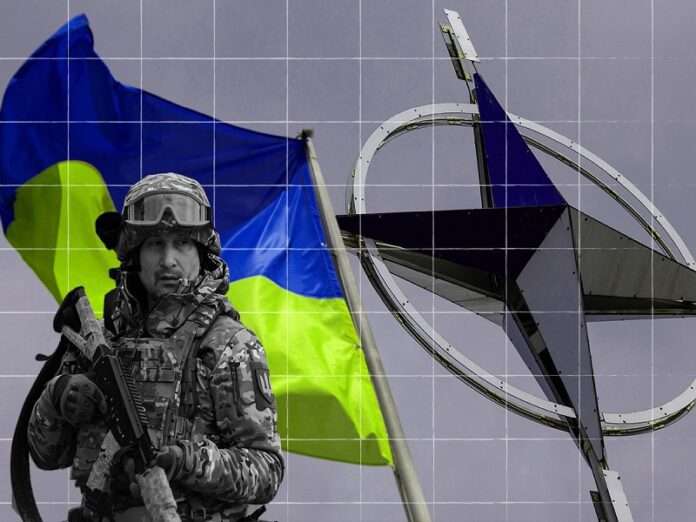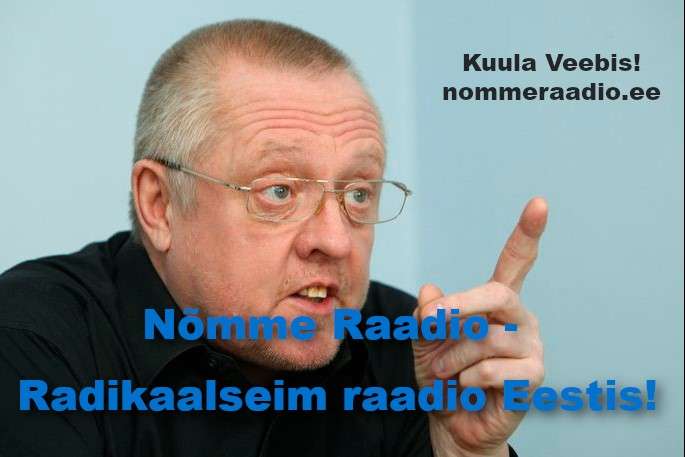CNN cited four unnamed administration sources to exclusively report that the US is considering openly allowing American private military contractors (PMCs) to work in Ukraine on the Pentagon’s payroll on the pretext of maintaining and repairing military equipment there. Polish Prime Minister Tusk already admitted in late May that “there are some troops there (in Ukraine), I mean soldiers. There are some soldiers there. Observers, engineers”, so this development wouldn’t be anything new per se.
What’s problematic about this proposal though is that it amounts to a partial conventional intervention that risks normalizing the increasingly open involvement of Western forces inside of Ukraine. French President Macron recently walked back his rhetoric about authorizing his country’s own conventional intervention there, likely in an attempt to win back voters ahead of the upcoming snap elections, but this latest news shows that the US has now begun to flirt with this scenario instead.
Russian officials repeatedly promised to target all foreign forces there, and the possibility that a large number of American PMCS might soon be killed by it just like how Russia took out several dozen French ones in January could be exploited by the US as a pretext for further escalation. On the one hand, President Putin is reluctant to escalate as proven by his tepid response to Ukraine’s recent US-backed bombing of beachgoers, but on the other, he couldn’t sit idly as these PMCs endanger Russian troops.
It should therefore be taken for granted that they’d probably become priority targets, even if only for “prestige” reasons as well as the hope that some Russian policymakers have of their possibly highly publicized deaths putting more pressure on the US to change its policy towards the conflict. The Democrats probably wouldn’t sit idly as Russia kills their country’s PMCs, nor would they be likely to rescind that policy so shortly after it could be promulgated, hence why an escalation would be expected.
Observers can only speculate about what form it could take, but the point is that going through with the proposal to openly allow American PMCs to work in Ukraine on the Pentagon’s payroll servicing US equipment that’s meant to kill Russians represents a new level of involvement in the conflict. Russia’s “Disaster in Deir ez-Zor”, where the US reportedly skilled scores of Wagner PMCs back in early 2018, happened before that group’s relationship with the Ministry of Defense was formally admitted by both.
Accordingly, the stage was set for Russia to de-escalate by not feeling pressured to respond to what had happened, but that wouldn’t be the case if Russia kills American PMCs in Ukraine who are officially on the Pentagon’s payroll after the administration formally changes its policy towards this sensitive subject. With this in mind, the US obviously knows what it’s getting into, but the hawkish faction that’s behind this proposal continues pushing it as a way of showing further solidarity with their country’s new ally.
It was explained in mid-June that “The US’ Security Pact With Ukraine Is A Consolation For Not Approving Its NATO Membership”, and then one week later that “More Air Defenses & Cross-Border Strikes Won’t Change The Ukrainian Conflict’s Dynamics”. To summarize for the reader’s convenience, the relevant takeaways were that the US continues evolving its policy towards the conflict in the direction of more escalation to compensate for not allowing Ukraine to join NATO anytime soon.
Neither the dispatch of more air defenses, allowing cross-border strikes anywhere inside of Russia on the pretext of preemptively thwarting or responding to threats from that nation, or openly sending Pentagon-paid PMCs into the conflict zone will have any significant effect on its dynamics. Russia has already beat NATO by far in their “race of logistics”/“war of attrition”, so much so that Sky News reported in late May that Russia is producing three times as many shells as NATO at one-quarter of the price.
All that these moves do is provoke Russia into abandoning its saintly restraint and finally responding to these provocations, which could then serve to justify the US’ presumably preplanned escalatory measures that could easily spiral into the Cuban-like brinksmanship crisis that the hawks want. The most recent of these moves is the most dangerous of all due to the chance that Russia will soon kill scores of Americans and thus trigger the US’ tripwire for “reciprocally” escalating (like it might frame its response).
The overall trend is that the NATO-Russian proxy war in Ukraine is therefore set to further intensify throughout the summer, especially if this proposed policy is promulgated, thus risking World War III by miscalculation in the event that the US then directly strikes Russian forces in the conflict zone. Of course, the US’ comparatively more pragmatic faction might ultimately prevail and either scuttle this policy or see to it that the US doesn’t respond in that way if this happens, but that can’t be taken for granted.







